|
Triangle Posture - Trikonasana - is a relatively new addition to the physical practices of yoga. Along with most other standing postures, Triangle is absent from the texts of Hathayoga. It makes an appearance in the 1920-30s as yoga in India is becoming more exercise oriented. This makes it strange to speak of something like a 'traditional' Triangle Posture, since its use in yoga has yet to hit the hundred-year mark. Below we have traced the transmission and progression of Triangle Posture through the last century, especially in Kolkata and the Ghosh Lineage. Among the students of Ghosh, it was consistently practiced for decades since its earliest iteration in 1938 with Buddha Bose. In the 1960s the posture disappears before being reborn as a deep sideways lunge. This is seen in Bikram Choudhury and Jibananda Ghosh but nowhere in Kolkata itself. It seems that this is an influence from bodybuilding, though it is unclear exactly when, where and why the change occurred.
It would appear that the evolution of Triangle Posture into a deep sideways lunge shows influence from bodybuilding. It is unclear if this is an innovation of Choudhury himself, or if it occurred more generally around the time when he was learning. Evidence of bodybuilding's influence on Choudhury's instruction is visible in other places as well, including the instruction to 'lock the knee'.
Triangle Posture itself is a relatively new addition to 'yoga' practice, probably being adopted in the 1920-30s along with other standing, exercise-based positions and movements. After its adoption as a yogic asana, it was relatively stable in its practice for decades. In the Ghosh lineage, it was done with one knee slightly bent, the torso parallel to the ground, and one hand touching the foot. In the 1970s, the posture underwent a significant change, perhaps being reinvented entirely, turning into a deep sideways lunge that resembles a bodybuilder's pose. This version is taught by Choudhury and his students.
For another posture that underwent significant development and change in the 1960-70s, see the Standing Bow Posture. (Thanks to Jerome Armstrong for the insight about bodybuilders.)
4 Comments
Jerome Armstrong
4/25/2020 04:08:26 am
One addition: The earliest is S. Sundaram, Yogic Physical Culture (1928). It's my belief he added this to Kuvalayananda's course with an adaption of a posture from JP Muller, My System, 1905. chart. Maybe there's an adaption we don't know of between the two as well.
Reply
Scott (Ghosh Yoga)
4/25/2020 04:32:02 am
Thanks Jerome. Interesting. Muller has some lunging movements and some bending ones as well, but I didn't see anything that I thought was a satisfactory precursor to Triangle. Thanks for drawing attention to Sundaram!
Reply
Scott (Ghosh Yoga)
4/25/2020 05:36:29 am
That is quite interesting! Ghosh was a well-known ju-jitsu instructor, and several of the yoga students also did martial arts. And the connection between India and the East, particularly Japan, was growing at this time.
Reply
Leave a Reply. |
AUTHORSScott & Ida are Yoga Acharyas (Masters of Yoga). They are scholars as well as practitioners of yogic postures, breath control and meditation. They are the head teachers of Ghosh Yoga.
POPULAR- The 113 Postures of Ghosh Yoga
- Make the Hamstrings Strong, Not Long - Understanding Chair Posture - Lock the Knee History - It Doesn't Matter If Your Head Is On Your Knee - Bow Pose (Dhanurasana) - 5 Reasons To Backbend - Origins of Standing Bow - The Traditional Yoga In Bikram's Class - What About the Women?! - Through Bishnu's Eyes - Why Teaching Is Not a Personal Practice Categories
All
Archives
May 2024
|

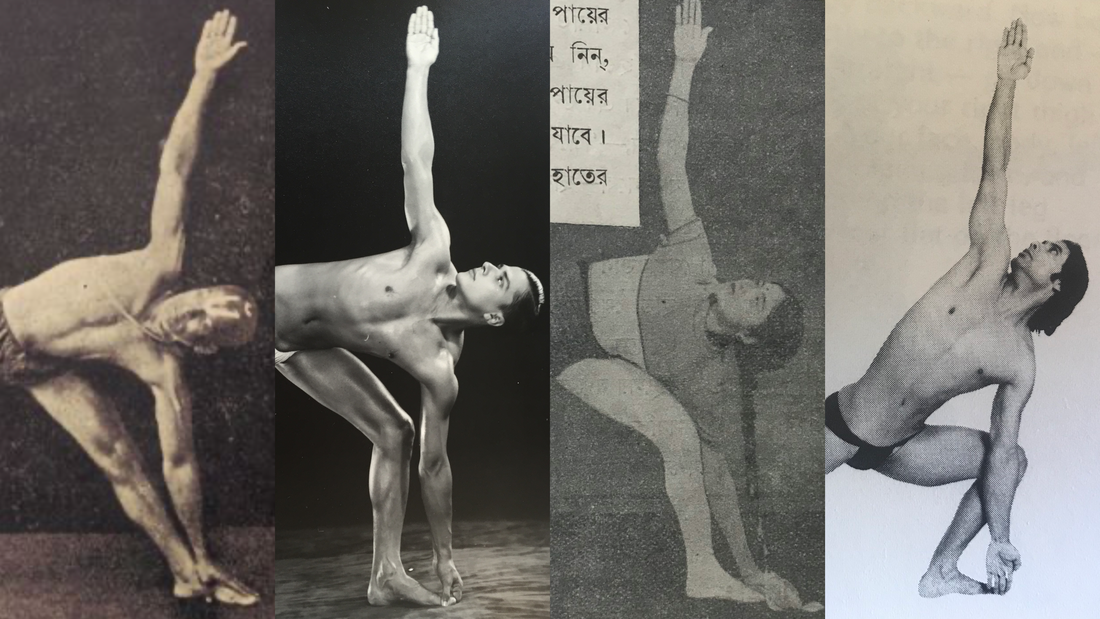
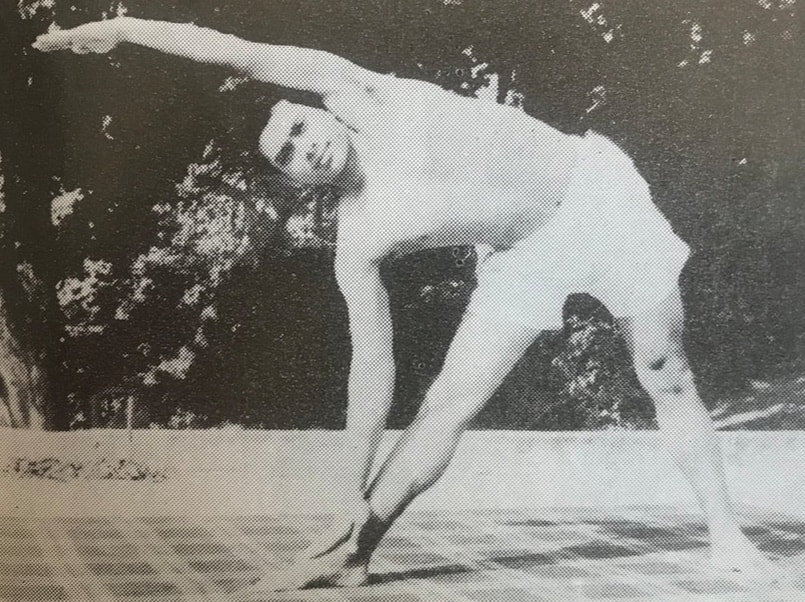
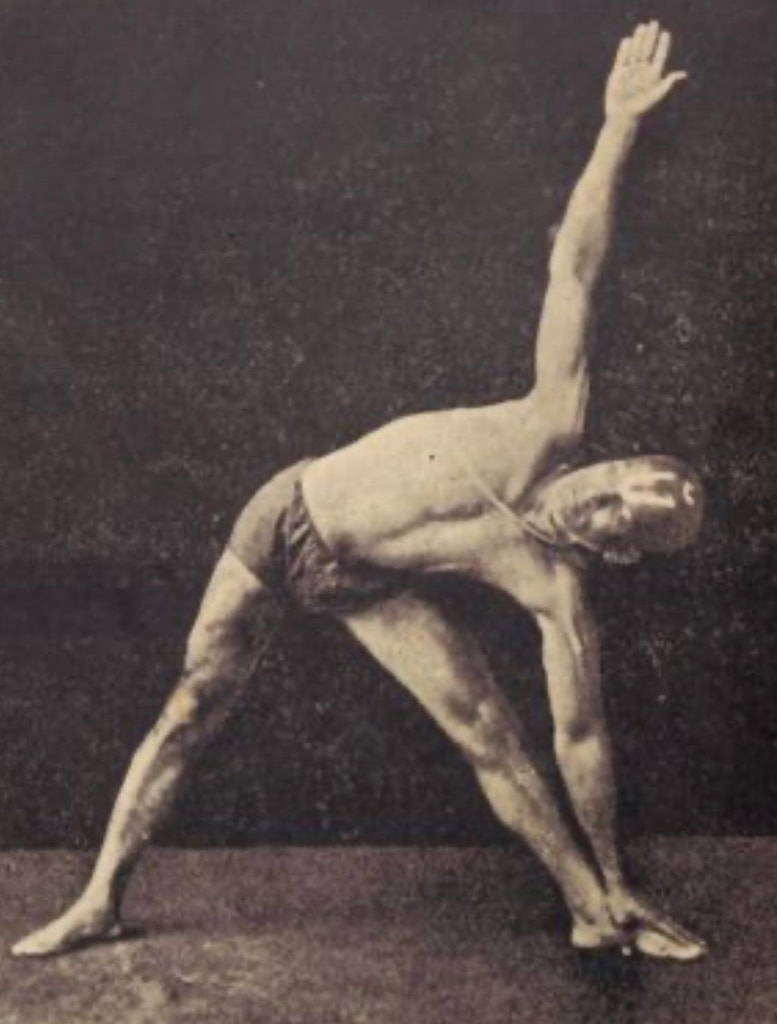
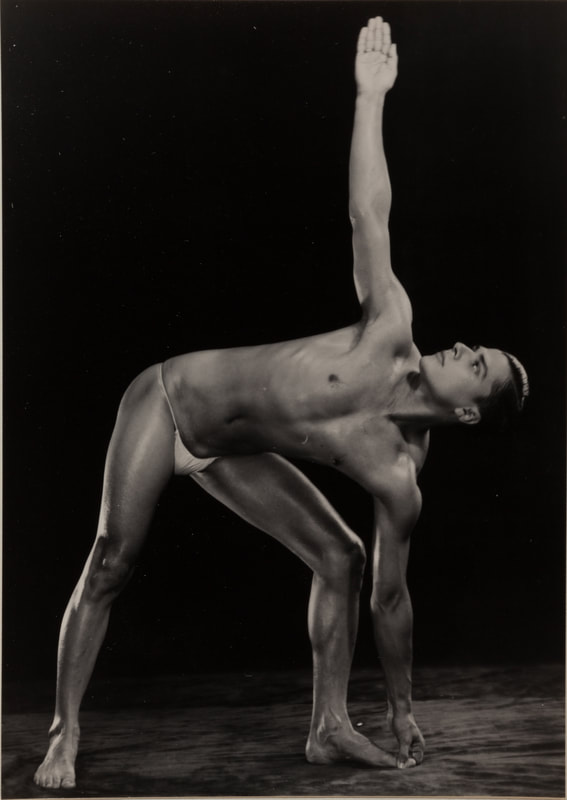
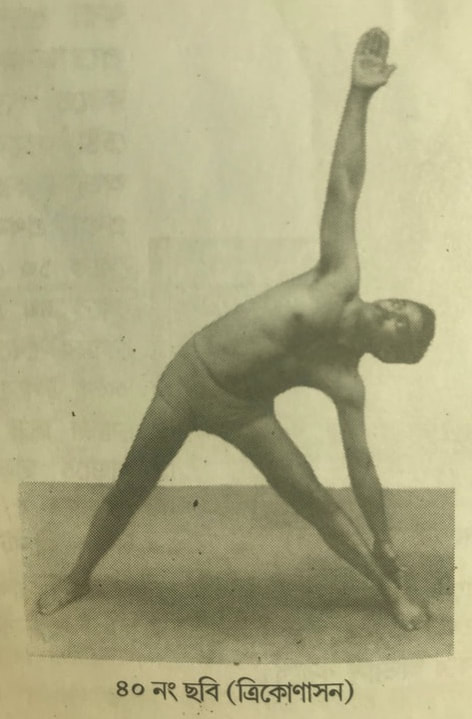
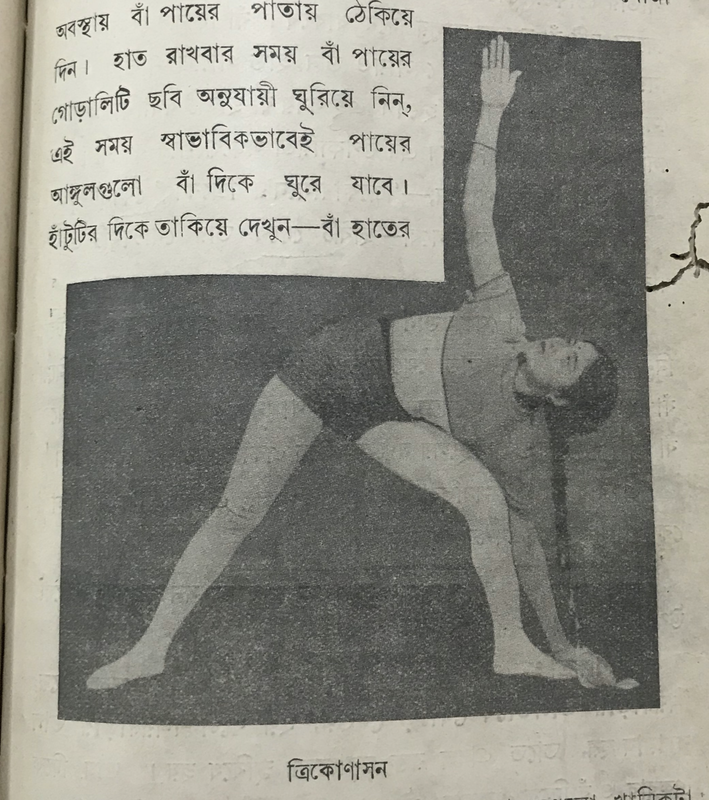
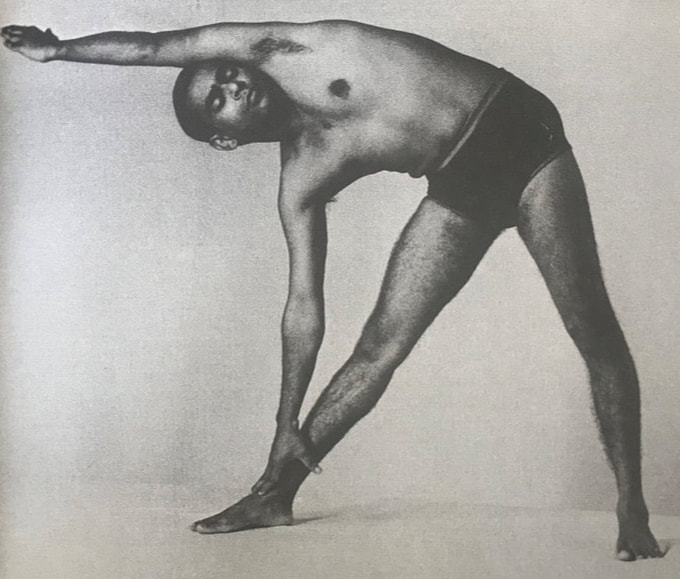
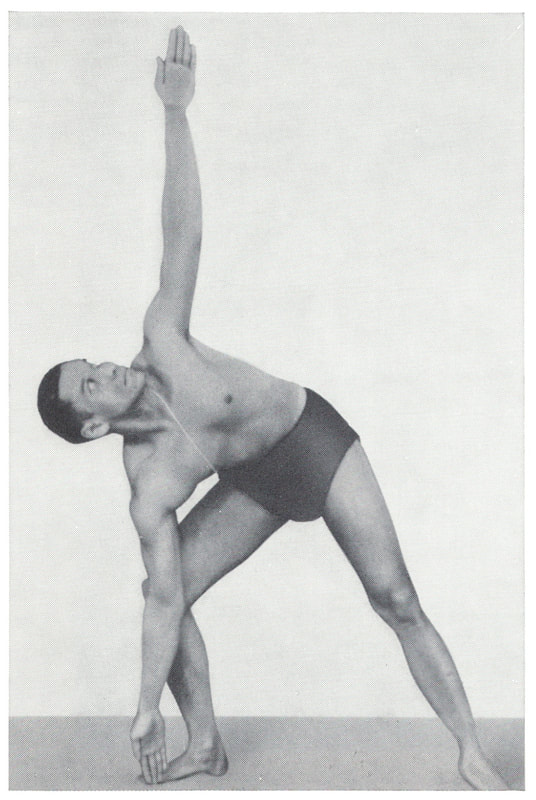
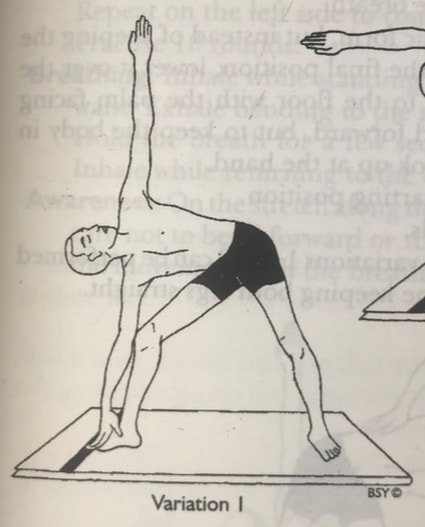
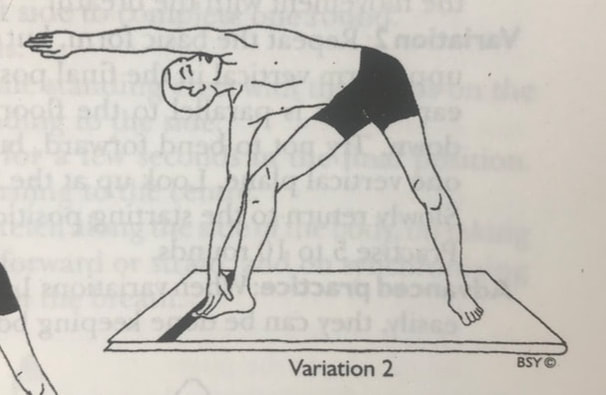
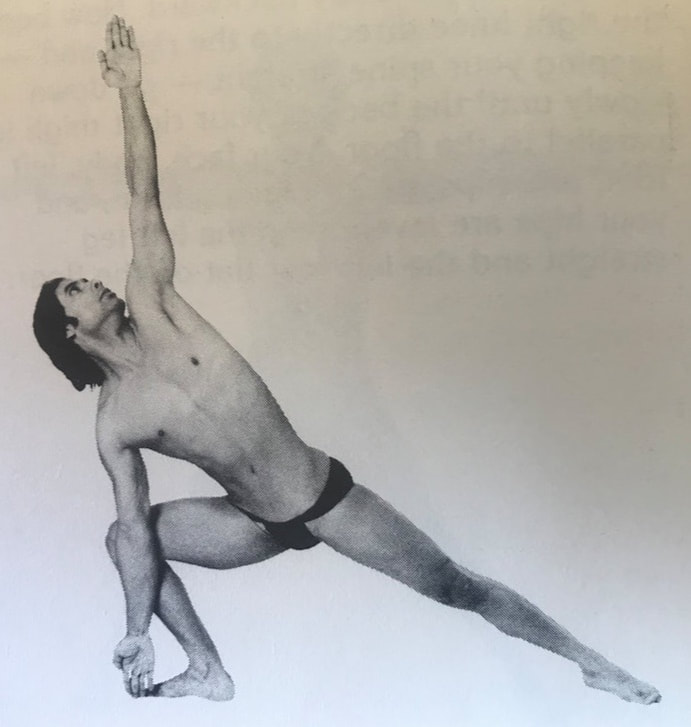
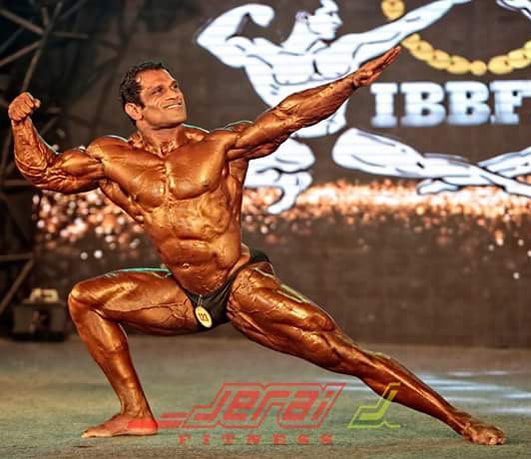
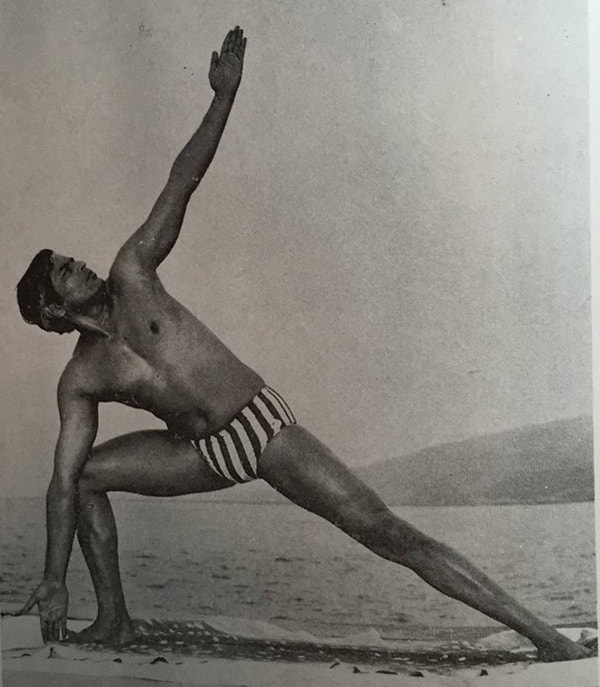
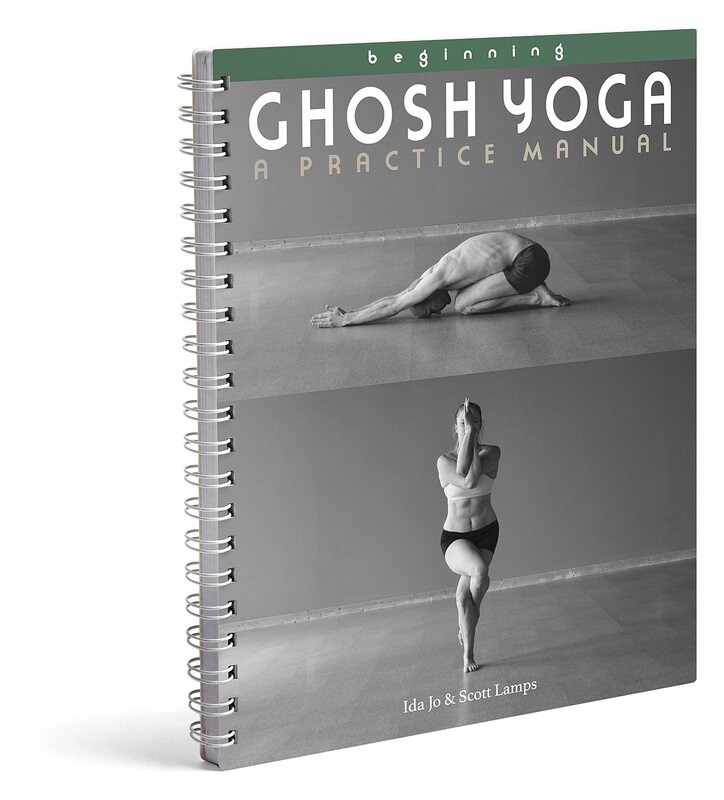
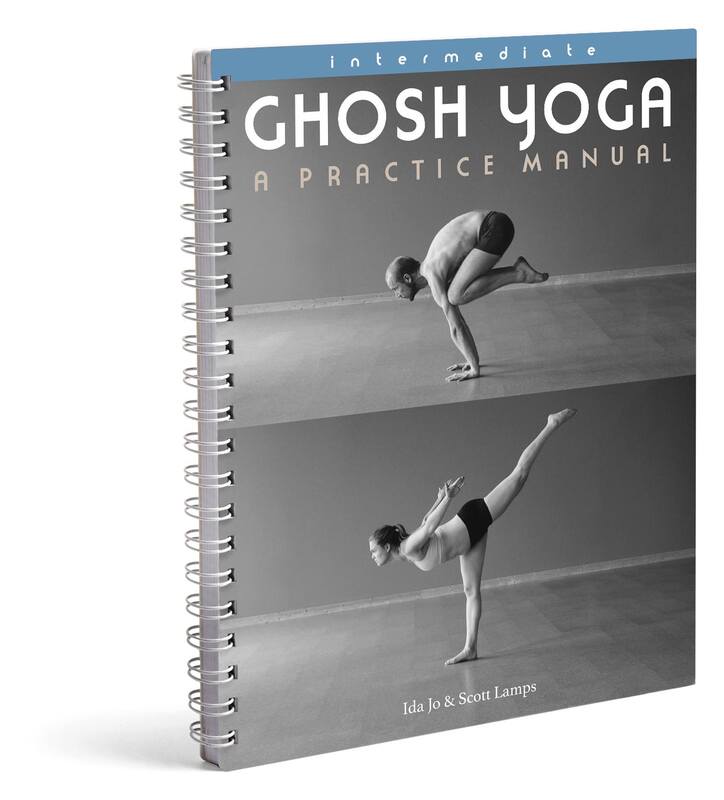
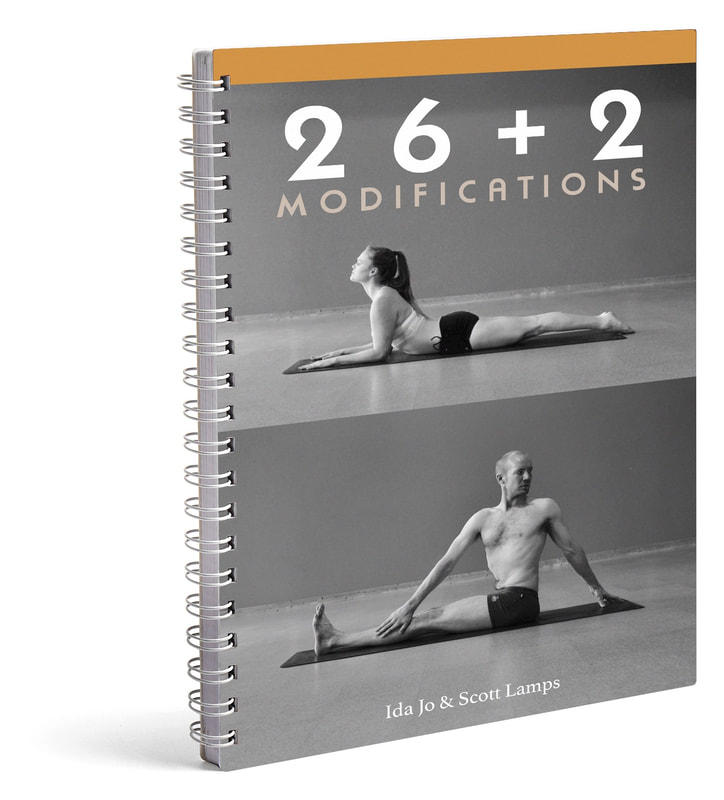
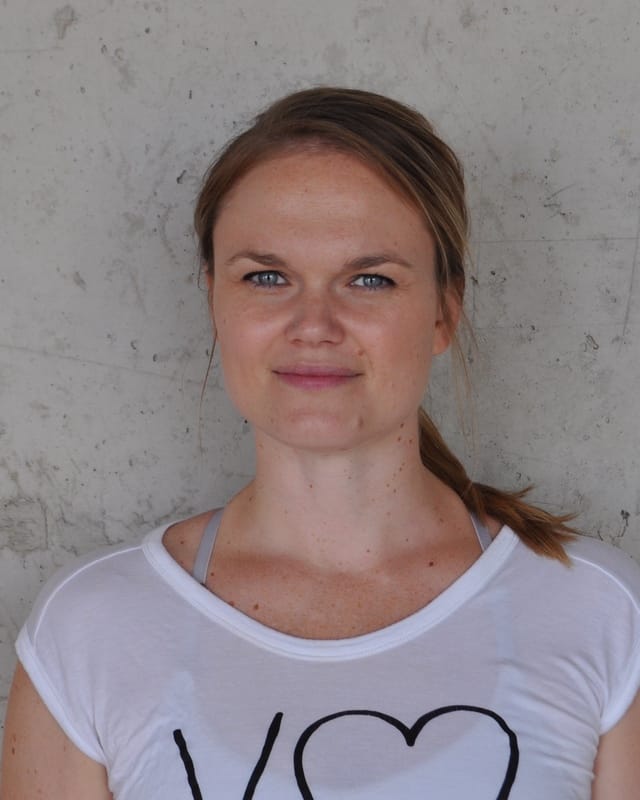
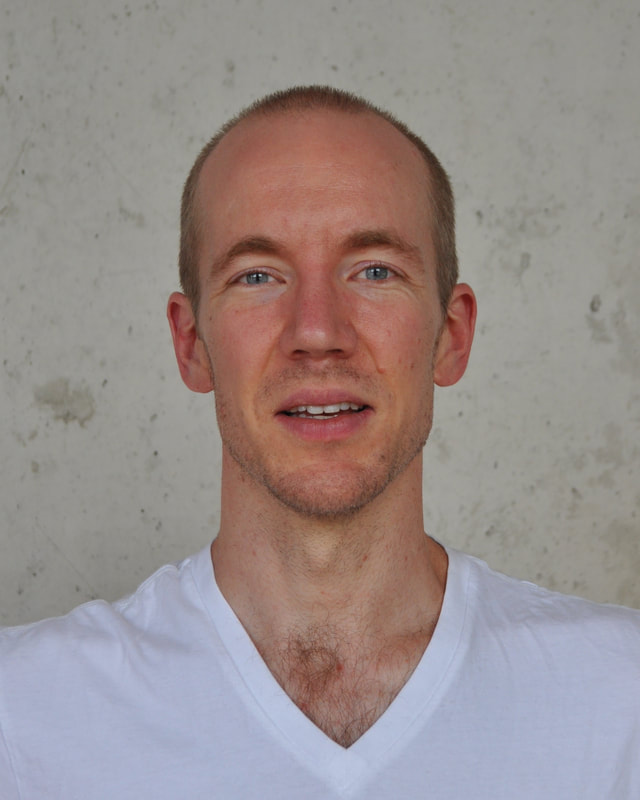
 RSS Feed
RSS Feed